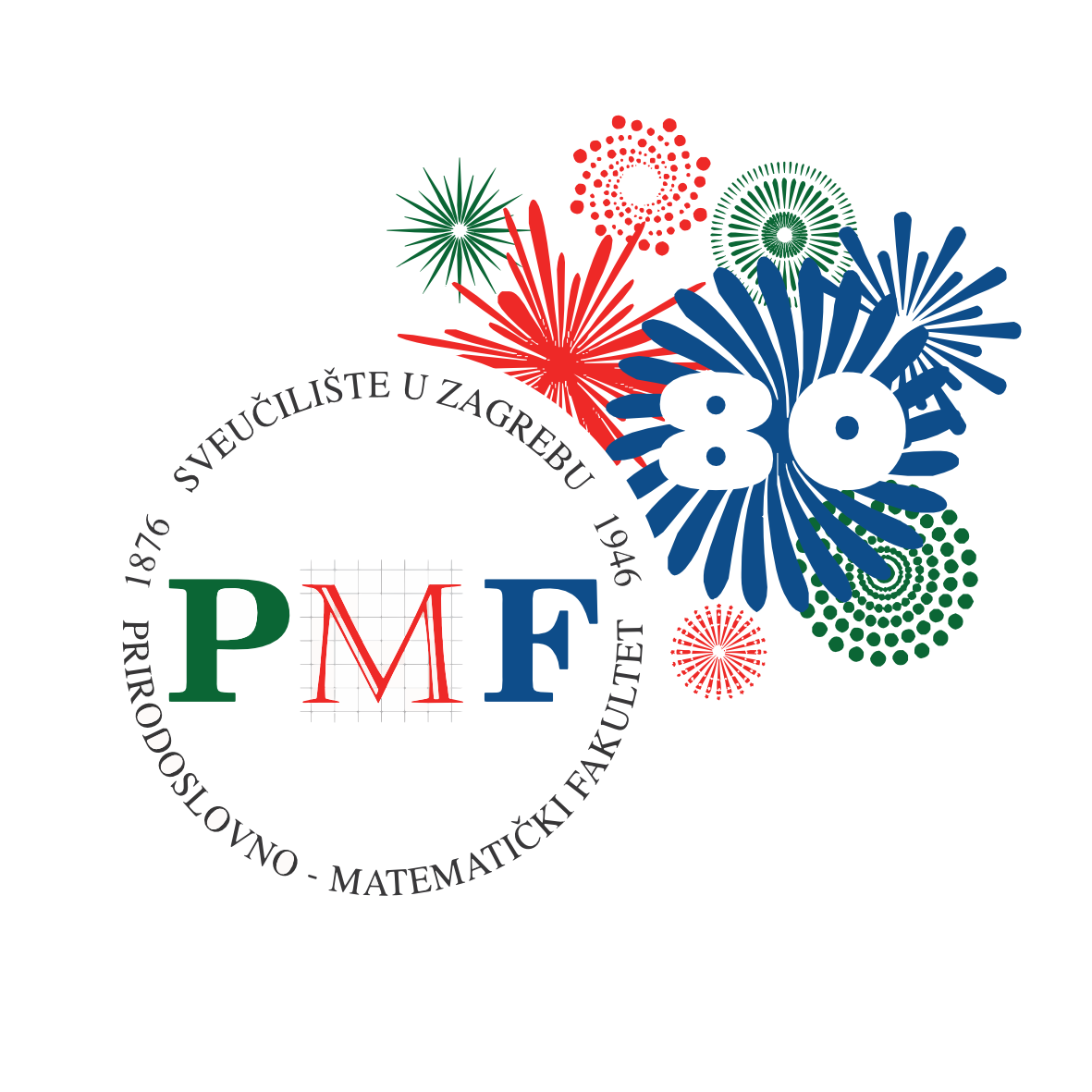Project leader:
Martina Šeruga Musić, Prof., Faculty of Science, University of Zagreb, Croatia
Team Members:
Martina Šeruga Musić, Prof., Faculty of Science, University of Zagreb, Croatia
Dijana Škorić, Prof., Faculty of Science, University of Zagreb, Croatia
Marina Drčelić, Mag. Biol. Exp., Faculty of Science, University of Zagreb, Croatia
Andreja Škiljaica, Mag. Biol. Mol., Faculty of Science, University of Zagreb, Croatia
Saskia Hogenhout, Prof., PhD, John Innes Centre, UK
XavierFoissac, HDR, PhD, INRA - Centre de Bordeaux, France
Chih-Horng Kuo, Prof., Institute of Plant and Microbial Biology, Academia Sinica, Taiwan
Abstract
Bacteria of the genus 'Candidatus Phytoplasma', are pleomorphic intracellular pathogens, causing numerous economically significant plant diseases worldwide. In nature, they are transmitted by phloem-feeding insects and their complex life cycles necessarily involve parasitism in both hosts. Axenic cultivation of these bacteria is still challenging, which significantly hampers their classification and characterization as well as research on mechanisms and strategies of their pathogenicity. Metagenomic approach and advances of sequencing technologies enabled the successful assembly of a number of complete phytoplasma genomes and genomic drafts, one of which was the result of a successfully completed Installation research project. It was discovered that the small genomes of these pathogens (530-1350 bp) are reduced in many basic metabolic pathways, but repeat-rich, encompassing characteristic mobile genetic elements. Genomics era has brought new possibilities in finding potential virulence factors, effectors and other mechanisms by which phytoplasmas achieve their pathogenicity and successfully manipulate plant hosts and insects. So far, only a few effectors, small phytoplasma proteins, have been studied and their mechanism and interaction with plants has been clarified. In the previous project, sequencing and detailed comparative analyses of SA-1 strain of 'Ca. P. solani', identified 38 potential effectors by using bioinformatics tools. Five of them were found to be unique to this strain and 3 for 'Ca. P. solani' species. Within this project, functional studies of selected potential effectors obtained in the previous study would be performed and their diversity and polymorphism within the species would be studied. Moreover, the diversity of potential mobile units (PMUs) often encompassing effector genes would also be studied. It has been shown that these genetic elements are prone to recombination and horizontal gene transfer, thus contributing to different host species adaptation. However, the mechanisms of their regulation and transfer have not yet been clarified. In pathogenic bacteria, surface and membrane proteins play a significant role in interactions with host cells, especially at initial stages of infection, and are considered as important virulence factors Therefore, this project would carry out research on the interaction of the membrane protein Stamp of 'Ca. P. solani' with insect microfilament proteins, yet in the literature there is no available data. The emphasis would be on the specificity of these interactions depending on the phytoplasma genotype and the insect population. The research methodology to be used includes the use of relevant, previously used laboratory methods as well as optimization of a new method for quantification of protein-protein interaction, together with the use of various bioinformatic tools. Some of the methods and technologies include: PCR and real-time PCR, Sanger sequencing followed by editing, alignment and phylogenetic analysis, high throughput sequencing (HTS) on Illumina MiSeq platform followed by assembly and annotation using appropriate computer programs and protocols, bimolecular fluorescence complementation (BiFC) method, yeast-two-hybrid assay (Y2H), pull-down method, luciferase assay, Southern blot….'Ca. P. solani' is a cosmopolitan pathogen with a very wide host range, including economically significant crops (grapevine, maize, potato, tomato, pepper…), transmitted by different insect vectors. It has one of the largest and most variable genomes within the 'Ca. Phytoplasma' genus. Also, it is one of the most spread phytoplasmas in agro-ecological niches in Croatia. Therefore, data on specific effectors and their interactions with plants and insects would indicate to factors determining its adaptability to different hosts and ecosystems, and together with data on molecular epidemiology, offer new opportunities in the disease management and control.

 Pristupačnost
Pristupačnost